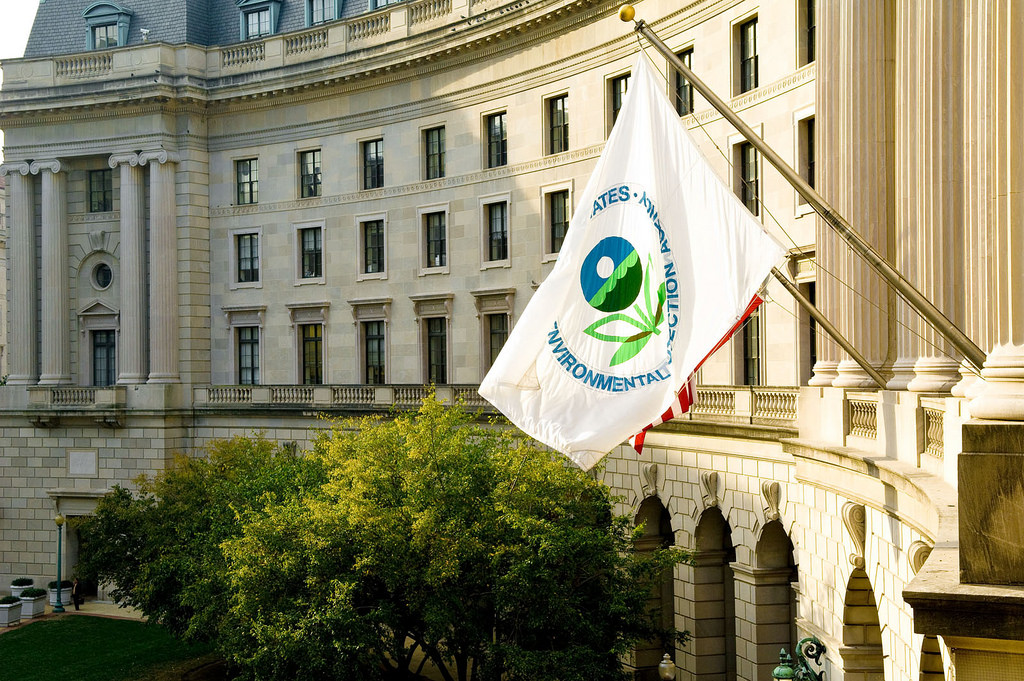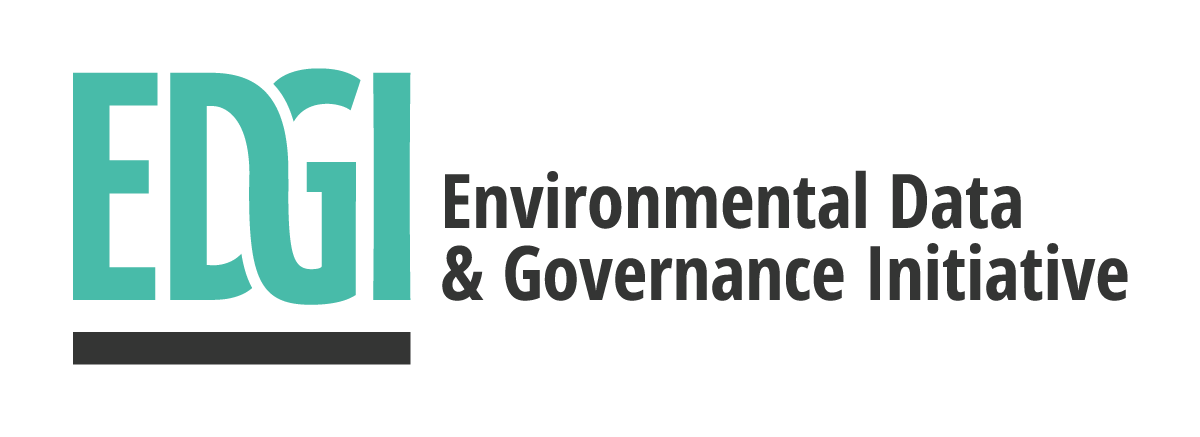by Gretchen Gehrke
On April 30, 2018, the Environmental Protection Agency (EPA) proposed a new rule, “Strengthening Transparency in Regulatory Science,” that would limit the studies the agency would use in formulating regulations to only those studies whose raw data and model algorithms were made public and open to third party reevaluation.
Public access to the data and models undergirding environmental regulation sounds appealing. But there are several reasons to think that the EPA’s call for “transparency” is disingenuous and that this rule would actually undermine science and public knowledge. The rule severely lacks crucial details and includes an egregious loophole whereby the EPA Administrator has complete discretion to exempt certain studies from these requirements. The omission of key definitions and criteria make this proposed rule a vehicle for the EPA Administrator to make arbitrary decisions, which could be subject to industry pressures, and could exclude the best available science from consideration for regulatory developments.

The exemption loophole notwithstanding, the proposed rule states that its requirement to make dose-response data and models available for “independent validation” is to ensure that EPA relies on “best available science.” However, this proposed rule would likely impede the use of good science. The requirements of the rule would impose substantial expenses on researchers to thoroughly de-identify data and to include a broad range of models and doses in a given study. These costs could easily be prohibitively expensive for most researchers, especially those from smaller institutions and organizations, and could exclude much of the best available science from consideration.
The proposed rule focuses on making data and models available for “independent validation,” but does not provide details regarding the kinds of validation or evaluation that may be entertained, nor what may result from incongruent findings from “validation” studies. New models are generally developed because existing models are not sufficient in one way or another, so to require the validation of new models by existing models, or by models that are not tailored to the experiment at hand, is a fundamentally flawed framework. This requirement is likely to restrict the evidence used in regulatory decision-making, particularly in cutting-edge research areas like chemical exposure risk analyses for emerging contaminants. Rather than ensuring that the best available science is used, this proposed rule provides the means to disregard the best science, disrupt scientific progress, and delay regulatory actions to protect environmental and human health.
The rule also claims that its version of transparency “enhanc[es] the public’s ability to understand and meaningfully participate in the regulatory process.” However, the rule’s call for a plastering of raw data and model algorithms misses the mark on contributing to greater public understanding. Even scientists who specialize in a field to which the raw data pertains will likely find it opaque without explicit guidance on study design, parameters, assumptions, and so on. For the general public, substantially more contextualization is needed in order to be meaningfully informative. If the true goal of the proposed rule were to enhance the public’s ability to understand, the rule would focus on situating research, explaining study objectives, limitations, analogues, and implications. As written, the proposed rule wields the attractive notion of transparency, but does not include plans to facilitate information accessibility or utility.
In EDGI’s public comment submitted to the Strengthening Transparency in Regulatory Science rule, we identify each of the deficiencies described above, and recommend the withdrawal of this proposed rule. We also suggest an alternative notion of transparency in regulatory science that foregrounds the EPA’s mission — the protection of human and environmental health — and one of the agency’s key values: environmental justice. Transparency, in our view, must incorporate privacy, accessibility, and contextualization. This approach will improve scientific rigor as well as public understanding and participation. Moreover, this approach shifts away from the notion that transparency should be used as a way to gauge scientific certainty. The fixation on certainty in science is a tool for regulatory delay. Rather, transparency requires contextualizing uncertainty in order to move forward with environmental and human health protections — protections that are literally matters of life and death.
